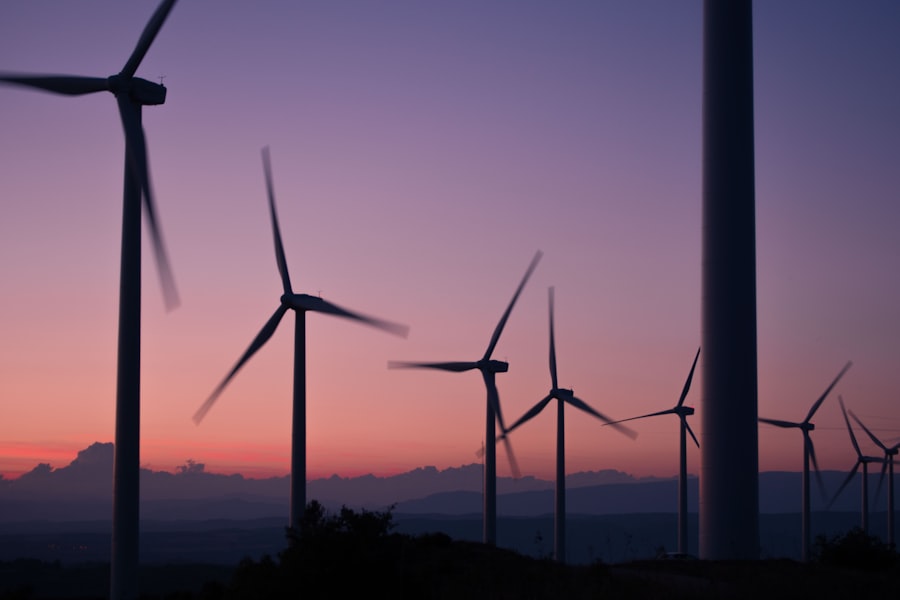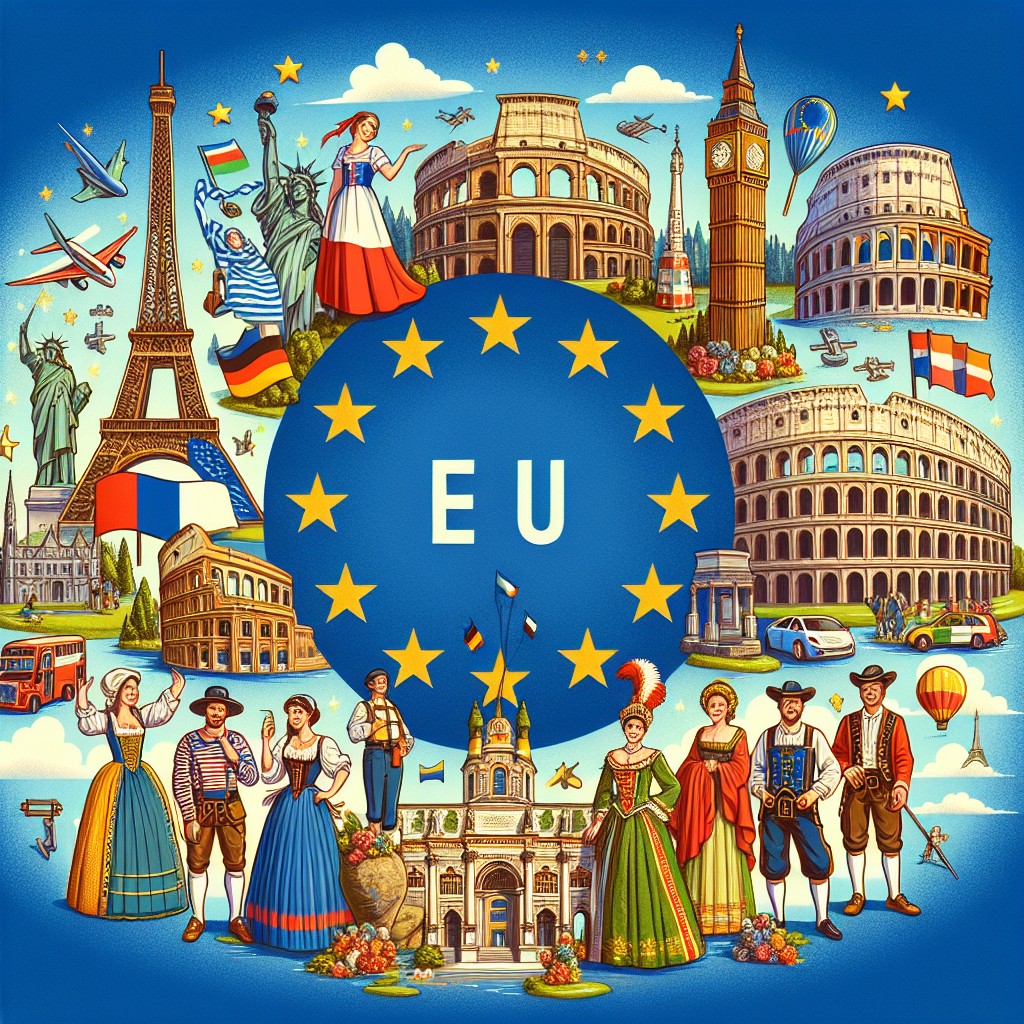The European Green Deal, unveiled by the European Commission in December 2019, represents a comprehensive roadmap aimed at transforming the European Union into a climate-neutral economy by 2050. This ambitious initiative seeks to address the pressing challenges posed by climate change and environmental degradation, while simultaneously fostering economic growth and social equity. The overarching goal of the Green Deal is to reduce greenhouse gas emissions to net zero by mid-century, thereby limiting global warming to well below 2 degrees Celsius, in line with the Paris Agreement.
The strategy encompasses a wide array of sectors, including energy, transport, agriculture, and biodiversity, reflecting the interconnected nature of environmental issues. At its core, the Green Deal is not merely an environmental policy; it is a holistic approach that integrates economic, social, and environmental dimensions. It aims to ensure that the transition to a sustainable economy is just and inclusive, leaving no one behind.
This involves significant investments in green technologies, the promotion of sustainable practices, and the creation of job opportunities in emerging sectors. The European Commission has outlined specific targets, such as increasing the share of renewable energy in the EU’s energy mix and enhancing energy efficiency across various industries. By setting these ambitious goals, the Green Deal aspires to position Europe as a global leader in climate action and sustainable development.
Summary
- The Green Deal aims to make the EU climate-neutral by 2050, with goals to reduce greenhouse gas emissions and promote sustainable growth.
- Challenges facing the EU in achieving climate-neutrality include the need for significant investment, transitioning to renewable energy, and ensuring a just transition for all sectors of society.
- Progress has been made in implementing the Green Deal, with initiatives such as the European Climate Law and the EU Emissions Trading System driving emissions reductions.
- Renewable energy plays a crucial role in the EU’s climate-neutral ambitions, with targets for increasing the share of renewables in the energy mix and promoting energy efficiency.
- The Green Deal has varying impacts on EU member states and their economies, with some facing challenges in transitioning away from fossil fuels and others benefiting from new green jobs and industries.
Challenges facing the EU in achieving climate-neutrality by 2050
Investment in Green Technologies and Infrastructure
Despite the ambitious vision of the Green Deal, the EU faces a multitude of challenges in its quest for climate-neutrality by 2050. One of the most significant hurdles is the need for substantial investment in green technologies and infrastructure. Transitioning from fossil fuels to renewable energy sources requires not only financial resources but also technological innovation and public acceptance.
Securing Investment and Addressing Economic Disparities
The estimated cost of achieving climate neutrality is projected to be in the trillions of euros, necessitating a coordinated effort from both public and private sectors. Securing this level of investment poses a considerable challenge, particularly in light of competing budgetary priorities and economic uncertainties exacerbated by events such as the COVID-19 pandemic. Another critical challenge lies in the diverse economic landscapes and energy dependencies of EU member states.
Ensuring a Fair Transition for All Citizens
Countries like Poland, which heavily rely on coal for energy production, face significant obstacles in transitioning to cleaner alternatives without jeopardising their economic stability. The disparity in economic capabilities among member states complicates the implementation of uniform policies across the EU. Additionally, there are concerns regarding social equity; vulnerable communities may bear the brunt of the transition if adequate measures are not taken to support them. Addressing these disparities while ensuring a fair transition for all citizens is essential for the success of the Green Deal.
Progress made so far in implementing the Green Deal

Since its inception, notable progress has been made in implementing various components of the Green Deal. The European Commission has introduced several legislative proposals aimed at reducing emissions and promoting sustainability. For instance, the Fit for 55 package, presented in July 2021, outlines a series of measures designed to achieve a 55% reduction in greenhouse gas emissions by 2030 compared to 1990 levels.
This package includes revisions to existing legislation on emissions trading, renewable energy directives, and energy efficiency standards, reflecting a comprehensive approach to climate policy. Moreover, significant strides have been made in promoting renewable energy sources across Europe. The EU has set ambitious targets for increasing the share of renewables in its energy mix, with wind and solar power leading the charge.
Countries such as Germany and Denmark have emerged as frontrunners in wind energy production, while Spain has made substantial investments in solar power infrastructure. These advancements not only contribute to emission reductions but also create jobs and stimulate economic growth within the renewable energy sector.
The role of renewable energy in the EU’s climate-neutral ambitions
Renewable energy plays a pivotal role in the EU’s strategy for achieving climate neutrality by 2050. As one of the primary sources of greenhouse gas emissions, transitioning away from fossil fuels is essential for reducing overall emissions levels. The Green Deal emphasises the need to increase the share of renewables in electricity generation, heating, and transport.
Wind, solar, hydroelectric, and biomass energy are at the forefront of this transition, offering sustainable alternatives that can significantly reduce carbon footprints. The integration of renewable energy into national grids presents both opportunities and challenges. On one hand, advancements in technology have led to decreased costs for solar panels and wind turbines, making them increasingly competitive with traditional fossil fuels.
On the other hand, ensuring grid stability and reliability as renewable sources become more prevalent requires innovative solutions such as energy storage systems and smart grid technologies. The EU is investing heavily in research and development to address these challenges while promoting cross-border cooperation among member states to enhance energy security and resilience.
The impact of the Green Deal on EU member states and their economies
The implementation of the Green Deal is poised to have profound implications for EU member states and their economies. While it presents opportunities for growth in green sectors, it also necessitates significant adjustments across various industries. For instance, countries that rely heavily on fossil fuel extraction or coal-based power generation may face economic disruptions as they transition towards cleaner alternatives.
This shift could lead to job losses in traditional sectors unless adequate retraining programmes are established. Conversely, the Green Deal also offers substantial economic opportunities through job creation in emerging industries such as renewable energy, electric mobility, and sustainable agriculture. The European Commission estimates that millions of jobs could be created as a result of investments in green technologies and infrastructure.
Member states that proactively embrace these changes stand to benefit economically by positioning themselves as leaders in innovation and sustainability. For example, countries like Sweden and Finland have already made significant strides in developing green technologies and can serve as models for others looking to transition effectively.
Strategies for addressing the social and economic challenges of the Green Deal

To ensure that the transition towards climate neutrality is equitable and just, it is imperative to implement strategies that address both social and economic challenges associated with the Green Deal. One key approach is to establish robust support mechanisms for affected workers and communities. This could involve retraining programmes aimed at equipping individuals with skills relevant to emerging green sectors.
For instance, initiatives that provide vocational training in renewable energy technologies can help displaced workers find new employment opportunities. Additionally, financial support mechanisms such as Just Transition Funds can be instrumental in assisting regions that are heavily reliant on fossil fuels. These funds can be used to invest in local economies, promote sustainable practices, and create new jobs within affected communities.
Engaging stakeholders at all levels—governments, businesses, trade unions, and civil society—is crucial for developing inclusive policies that reflect diverse perspectives and needs. Public awareness campaigns also play a vital role in fostering acceptance of the Green Deal’s objectives among citizens. By highlighting the benefits of sustainable practices—such as improved air quality, enhanced public health, and long-term economic resilience—governments can encourage greater public participation in climate action initiatives.
The importance of international cooperation in achieving climate-neutrality
Achieving climate neutrality is not solely an internal challenge for the EU; it necessitates robust international cooperation as well. Climate change is a global issue that transcends national borders; therefore, collaborative efforts are essential for effective mitigation strategies. The EU has positioned itself as a leader in international climate diplomacy, advocating for ambitious global commitments through platforms such as the United Nations Framework Convention on Climate Change (UNFCCC) and the Paris Agreement.
One avenue for fostering international cooperation is through technology transfer and capacity-building initiatives aimed at supporting developing countries in their climate efforts. By sharing knowledge and resources related to renewable energy technologies and sustainable practices, developed nations can help emerging economies leapfrog traditional fossil fuel-based development pathways. This collaborative approach not only enhances global climate action but also strengthens diplomatic ties between nations.
Furthermore, aligning policies with international partners can create synergies that amplify collective efforts towards sustainability goals. For instance, joint research initiatives focused on clean technologies can accelerate innovation while reducing costs for all parties involved. By fostering an environment of collaboration rather than competition, countries can work together towards shared objectives that benefit both their citizens and the planet.
the future of the EU’s Green Deal and its potential impact on global climate action
The future trajectory of the EU’s Green Deal will undoubtedly shape not only Europe’s environmental landscape but also influence global climate action efforts significantly.
The potential impact of the Green Deal extends beyond mere emissions reductions; it embodies a transformative vision for sustainable development that prioritises social equity alongside environmental stewardship.
By demonstrating that economic growth can coexist with ecological responsibility, Europe has an opportunity to inspire other nations to adopt similar frameworks tailored to their specific contexts. As we look ahead, it is clear that achieving climate neutrality will require unwavering commitment from all stakeholders—governments, businesses, civil society organisations—and a willingness to embrace innovative solutions that transcend traditional paradigms. The success of the Green Deal may well hinge on its ability to foster collaboration both within Europe and on a global scale, ultimately contributing to a more sustainable future for generations to come.
FAQs
What is the Green Deal?
The Green Deal is a set of policy initiatives by the European Union aimed at making the EU’s economy sustainable and climate-neutral by 2050. It encompasses a wide range of measures to reduce greenhouse gas emissions, increase energy efficiency, and promote renewable energy sources.
What are the goals of the Green Deal?
The main goal of the Green Deal is for the EU to achieve climate neutrality by 2050. This means that the EU’s greenhouse gas emissions will be balanced by removing an equivalent amount from the atmosphere, effectively reducing the overall impact on the climate.
What are the challenges of the Green Deal?
Some of the challenges of the Green Deal include the need for significant investment in renewable energy infrastructure, the transition away from fossil fuels, and the potential impact on certain industries and jobs. Additionally, there are concerns about the economic costs and the need for international cooperation to address global climate change.
What progress has been made so far with the Green Deal?
The EU has made significant progress in implementing the Green Deal, including setting legally binding targets to reduce greenhouse gas emissions by at least 55% by 2030 compared to 1990 levels. The EU has also committed to investing in renewable energy and energy efficiency measures to support the transition to a climate-neutral economy.


